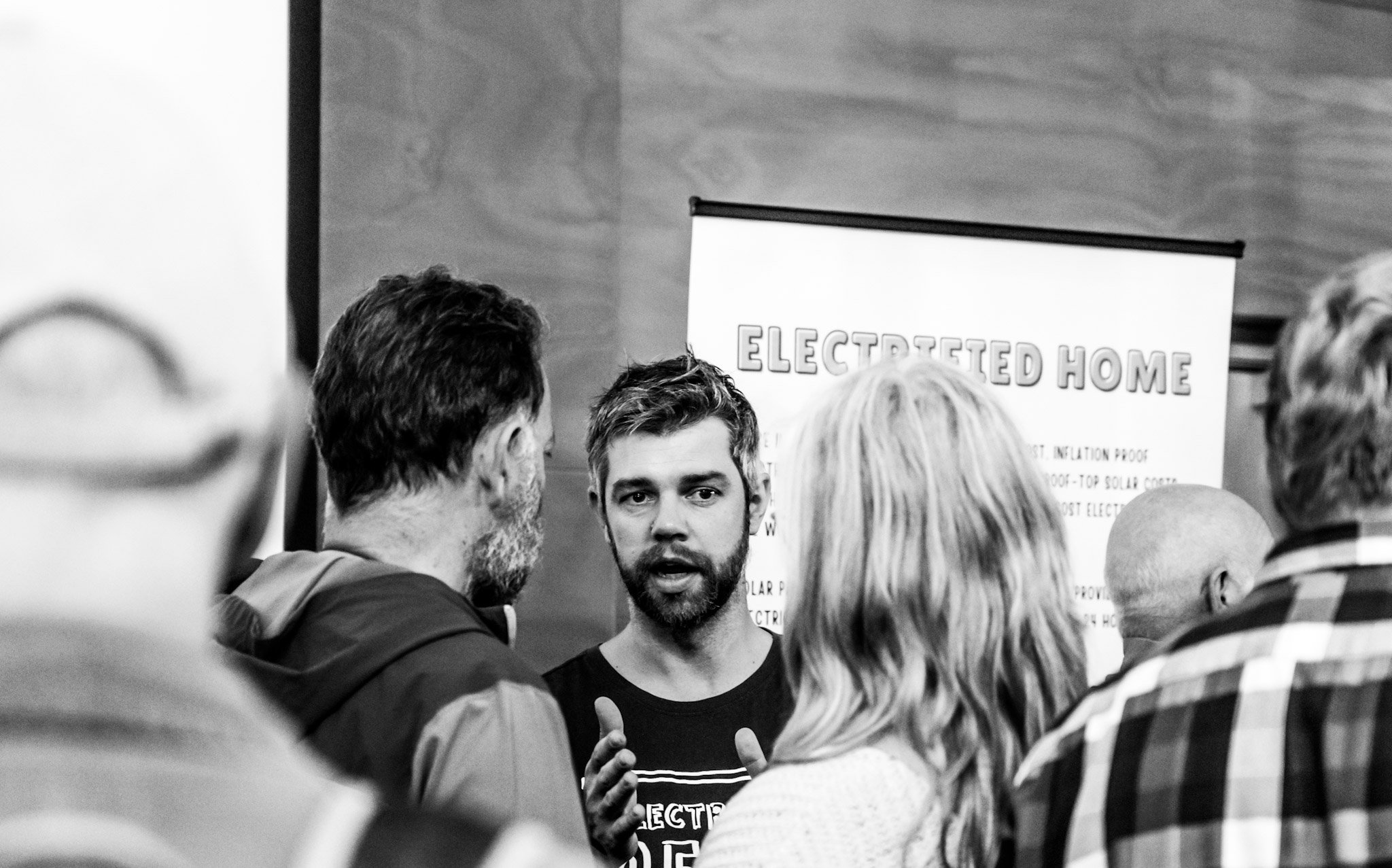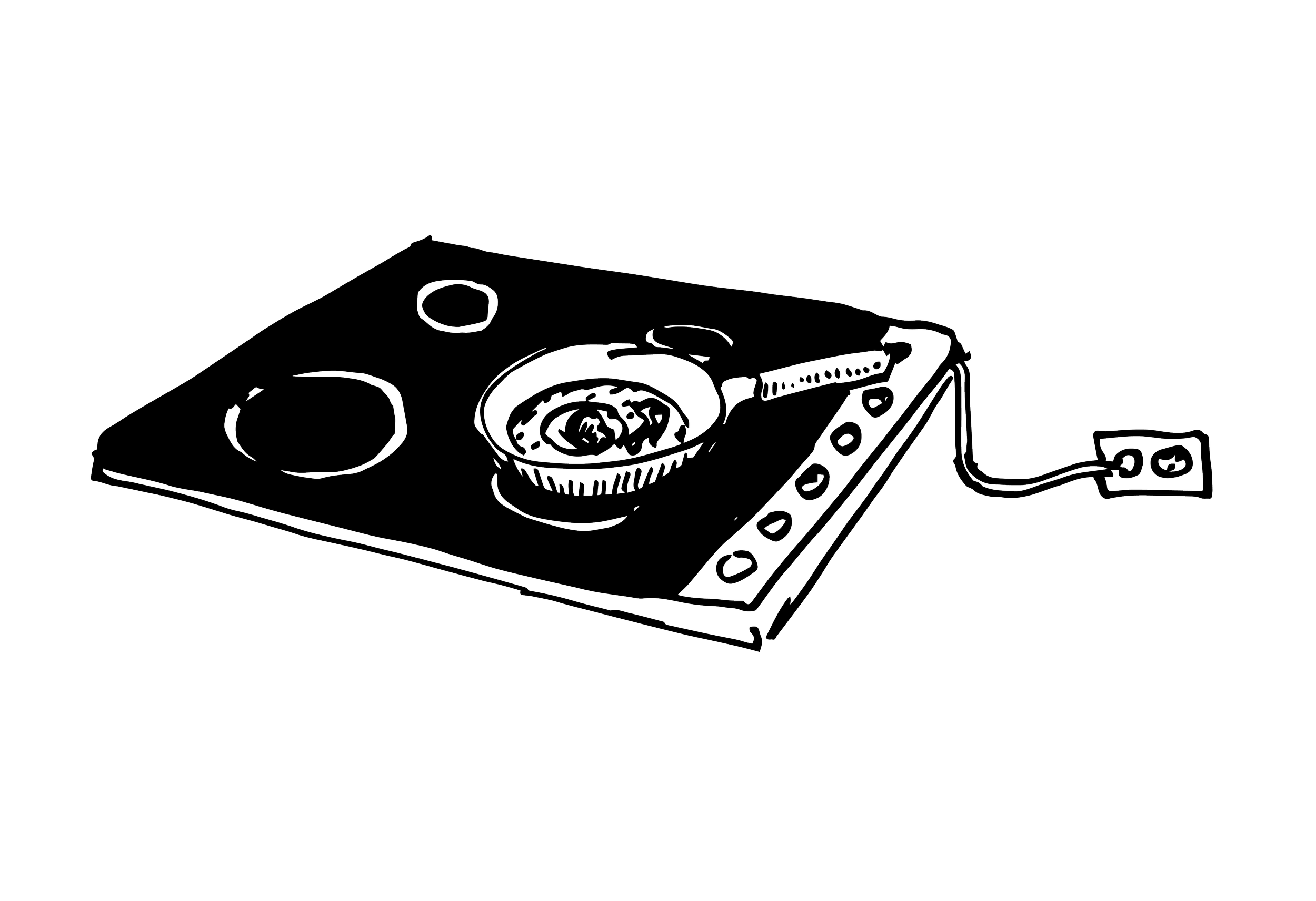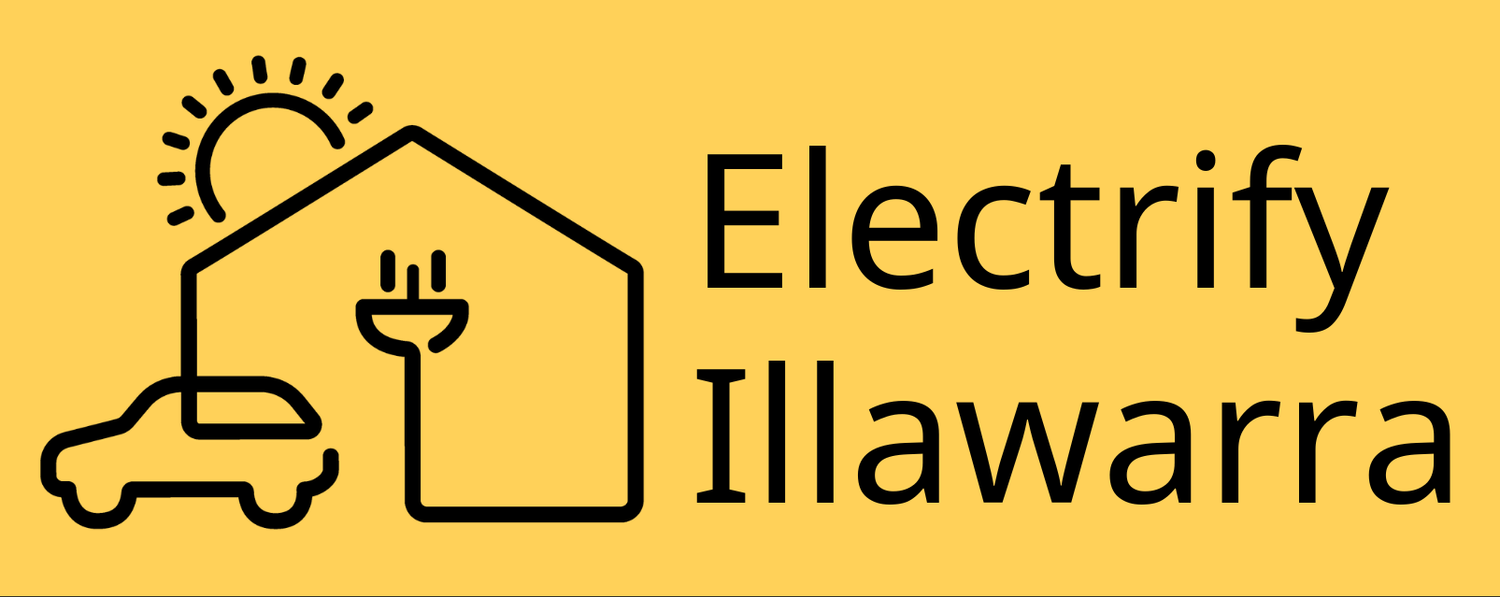
Six things to electrify:
-

Rooftop solar
Rooftop solar is the lowest cost of energy for homes.
Generate your own electricity for a fraction of grid prices.There are Council and Government incentives to help you get rooftop solar.
Hot Tip: install a timer on your hot water system so it runs during peak daylight hours to use your free solar power. -

Home battery
Solar panels can charge up a home battery while the sun shines. Then the battery can help power your home through the evening. (You're still connected to the grid for cloudy days when you need more energy.)
There are good Council and Government incentives to help you get a home battery.
-

Hot water
Hot Water heat pumps are the most efficient way to heat water for bathing, washing up, etc. Heat pumps use around a quarter of the energy required by conventional hot water systems.
Hot Tip: heat pumps have a low noise (like a fridge) when running, so install away from bedrooms. Install a timer so your hot water heats during the day when the solar is out and a humming noise is less likely to be noticed. -

Heating
Typical reverse-cycle air conditioners are the most efficient way to heat your home, using just 25-30% of the energy required by conventional gas or electric systems.
-

Cooking
Induction cooking uses around half the energy required by fossil fuel methods. Not only is electric cooking cheaper, it also saves your household from harmful gas stove pollutants known to cause respiratory illness.
-

Electric Vehicle (EV)
EVs are the most efficient cars.
77% of electrical energy turned into power compared to 12-30% for petrol/diesel vehicles.
EVs are cheap to run.
Charging your EV with solar is the equivalent of paying about 13c/litre in a petrol car
Half-Solar Half-Grid is the equivalent of about 45c/litre
Grid charging is the equivalent of about 80c/litre.
When did you last see fuel prices like that !!!
Fact Sheet
Government Incentives
Find out More
How to electrify your home
-
Electrifying your home will save you money in the long-term as the running costs are significantly lower. However it can be expensive to install (this is why we’re lobbying the government to subsidise and support all households to electrify). The good news you don’t have to do it all straight away.
The easiest approach is toplan what you’re going to replace your each item (hot water, cooktop, heater, car) with the next time it breaks or you’re ready to replace it, starting with the oldest item first.
include the additional items like rooftop solar and home battery where you can.
A plan may look like this:
Now: Replace gas hot water system with an electric heat pump.
Next year: Install rooftop solar and home battery taking advantage of the joint Illawarra Shoalhaven Council’s Community Renewables Program and the Federal Government Cheaper Home Batteries Program.
(Note: the Federal Govt solar and battery rebates will automatically be applied).Following Year: Replace your second car with an electric bike, 2nd-hand EV or subscribe to an electric car sharing service (eg. Evee).
Within 3 years: Replace your gas heater with a reverse cycle air conditioner and your gas cooktop with an induction cooktop.
Within 5 years: Replace your primary vehicle with an EV with vehicle-to-grid(V2G) capability.
Planning to finance it
Of course if you have the savings, you can go ahead and purchase most items today.
Other options to consider include:Understand what government rebates and support are available.
Talk to your existing lender to add it to your mortgage or explore what green finance products they offer.
Research other green loan options. Many banks and other financial institutions offer green loans to help with this transition eg. CommBank Green Loan.
Note: Everyone’s situation is different and we are not financial advisers or providers so can’t give advice. Check with your Accountant or Financial Adviser as to what is best for you.
Please write down your plan.
-
Check out our rebates page to know what you are entitled to. For many of the installations (eg. solar, heat pumps) the installer will organise the rebate for you. Not all installers are accredited to claim the rebates so make sure you check beforehand.
-
Australia is lucky to have the world’s cheapest form of energy in our rooftop solar and the average solar system will pay itself back in 3-5 years making it a great investment. Be sure to plan ahead, installing sufficient solar for future EV charging. 10kWh is the most commonly installed size.
Check out the special solar-battery offer from your Council’s Community Renewables Program.If solar panels aren’t suitable for your property or circumstance, you could
buy 100% Green Power from an energy retailer (we like Diamond Energy, Energy Locals and Amber Energy for their emphasis on renewable energy and community support)
sign up to a virtual energy network (VEN) eg. Energy Locals, where you can get cheaper energy by leveraging the excess energy from a neighbour, friend or wider community.
sign up to a Community Battery if one is available in your area.
-
The three key home appliances to consider are:
a) Your hot water system
Replace your gas hot water system with an electric heat pump to reduce your energy usage by two-thirds. If you have solar power and already have an electric resistant hot water heater, no need to replace it until it is near its end of life but consider adding timers so it heats during the day.
b) Your heating and cooling
Reverse cycle air conditioners (also called split systems or heat pumps) use one-quarter to one-third the energy of other space heaters (and they can be used in summer for cooling) so swap out your gas or conventional electric heaters.
This may also improve your health, particularly of your gas heater was unflued.
c) Your cooktop
Time to get off gas and install an induction cooktop which uses one third the energy, is easy to clean and does not come with the indoor pollutants.
We encourage you to consider the quality, efficiency and warranty of an appliance when making your selection.
There are many features that will help minimise the energy use such as timers and wifi (to line up when they’re used with solar production or off-peak tariffs).
Any good electrician and plumber can also advise you on which products may work for your circumstance so once you have researched what’s available we suggest you connect with a local installer and they can purchase and install for you.
Other resources include Choice (eg. Air Con Guide), My Energy Efficient Home Facebook Group and Renew
-
Contact a licensed electrician to receive a quote and to evaluate your current electrical panel and wiring. They will determine if any upgrades or modifications are necessary to accommodate the additional electrical demands eg. installing extra circuits. Once you’re happy with your advice and the products, start your installations!
-
Firstly contact your energy retailer and get off whatever gas plan you may be on. Currently you will also be paying a gas connection fee (up to $1/day).
There are 2 options:Request a disconnection: cancel the connection and supply costs and optionally cap the meter. Disconnection Fee about $150
Request abolishment: gas meter and pipes removed.
Abolishment fee about $1, 400 (will be reduced to $250 from 1-Jul-2026 in NSW)
Note: The minimum requirement to stop your ongoing gas bills is disconnection.
Your gas retailer might try to talk you into abolishment. While this is preferred, it is currently expensive and not essential. Due to the cost, most people are choosing disconnection, rather than abolishment. -
The best way to maximise your electrification is to time your usage to when you are producing solar energy (ie the middle of the day). This can be done via
a) Behaviour eg. using the inbuilt timer on your dishwasher and washing machine,
or putting the dishwasher on when you leave for work.b) Adding Timers (especially for your hot water system)
c) Monitoring technology. There are a range of systems available to monitor and optimise your energy usage, allowing you to maximise efficiency and reduce costs. They can provide insights into energy consumption patterns, offer remote control options, and enable the coordination of energy-intensive appliances with solar power generation.
-
Your single biggest source of carbon emissions and energy costs for every household is your petrol or diesel car. An average household spends over $3000 every year on fuel costs. The cost of driving an EV is 1-2 c/km from your rooftop solar and about 4-6c/km from grid electricity. This compares to 20c/km for driving a typical petrol or diesel vehicle at $2 per litre. Not to mention the thousands of tonnes of carbon emissions internal combustion engine vehicles emit.
There are a lot of good new and second hand EVs on the market.
For e-cargo bikes, check out RidingforLife , Dutch Cargo for a subscription service, Lug and Carrie. For e-mopeds, Fonz is a popular brand. -
Installing a battery storage system allows you to store excess solar energy generated during the day and use it during peak electricity demand or when solar production is low. This can maximize the benefits of your solar power and use less energy from the grid.
The Council’s Community Renewables Program, Federal Government Cheaper Home Batteries Program coupled with the NSW State Government Virtual Power Plant (VPP) incentive have made home batteries more viable for many homeowners.
We expect batteries to continue to fall in price considerably over the next few years, and it won’t be long until we all are able to benefit from electric vehicles being able to act as household batteries via Vehicle-to-Grid!Solar Quotes is a good, trusted source of information on solar and batteries.
-
You will be enjoying the savings of $3000 - 5000 every year in running your home and helping with the biggest challenge of our time!
